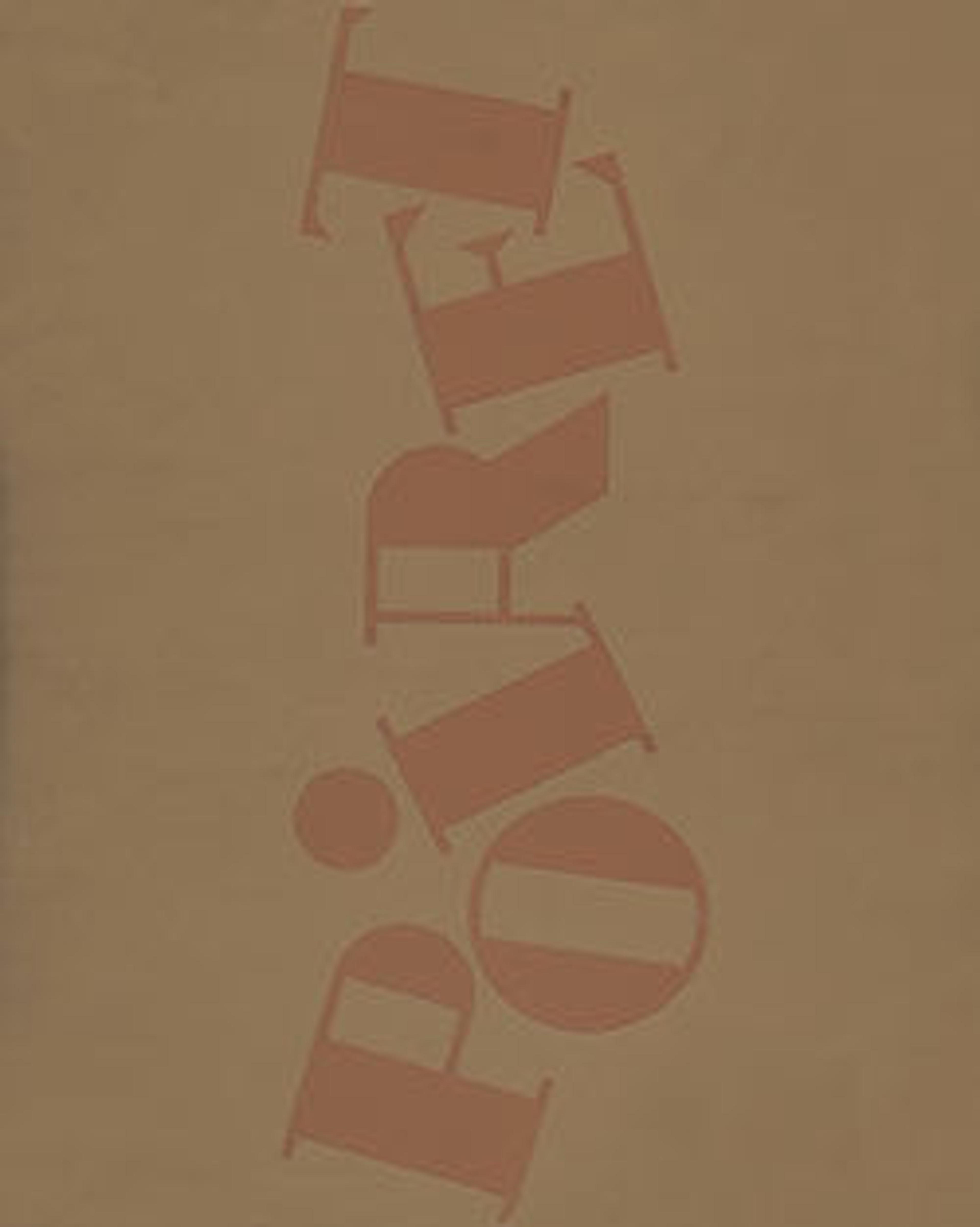"Pré Catelan"
‘Pré Catelan’ refers to the restaurant in the Bois de Boulogne famous for its lavish Belle Époque interiors. Its attractive gardens made it a favored meeting place on summer evenings. This unlined coat of chiffon-weight lame would have contributed to a spectacular entrance. As worn by Denise Poiret, the coat's unstructured form would have been draped with a casual insouciance.
For all its shawl-like formlessness, however, the coat is of ingenious construction. Poiret finesses the challenge of the bold striping by cutting the body and stole collar in one. While the sleeves are separate rectangular pieces, the body and draped neckline of the design are constructed, origamilike, in one continuous section. The slight cocooning arch of the back is created by the shirring of the pattern piece as it meets its own edge, forming a seam. It is not until the work of Alix Grès in the 1930s and Issey Miyake in the 1970s that similar sculptural effects based on such deliberately and radically reductive cuts executed on the straight grain reappear.
For all its shawl-like formlessness, however, the coat is of ingenious construction. Poiret finesses the challenge of the bold striping by cutting the body and stole collar in one. While the sleeves are separate rectangular pieces, the body and draped neckline of the design are constructed, origamilike, in one continuous section. The slight cocooning arch of the back is created by the shirring of the pattern piece as it meets its own edge, forming a seam. It is not until the work of Alix Grès in the 1930s and Issey Miyake in the 1970s that similar sculptural effects based on such deliberately and radically reductive cuts executed on the straight grain reappear.
Artwork Details
- Title: "Pré Catelan"
- Designer: Paul Poiret (French, Paris 1879–1944 Paris)
- Date: 1918
- Culture: French
- Medium: silk, metallic thread
- Credit Line: Millia Davenport and Zipporah Fleisher Fund, 2005
- Object Number: 2005.205
- Curatorial Department: The Costume Institute
More Artwork
Research Resources
The Met provides unparalleled resources for research and welcomes an international community of students and scholars. The Met's Open Access API is where creators and researchers can connect to the The Met collection. Open Access data and public domain images are available for unrestricted commercial and noncommercial use without permission or fee.
To request images under copyright and other restrictions, please use this Image Request form.
Feedback
We continue to research and examine historical and cultural context for objects in The Met collection. If you have comments or questions about this object record, please complete and submit this form. The Museum looks forward to receiving your comments.
